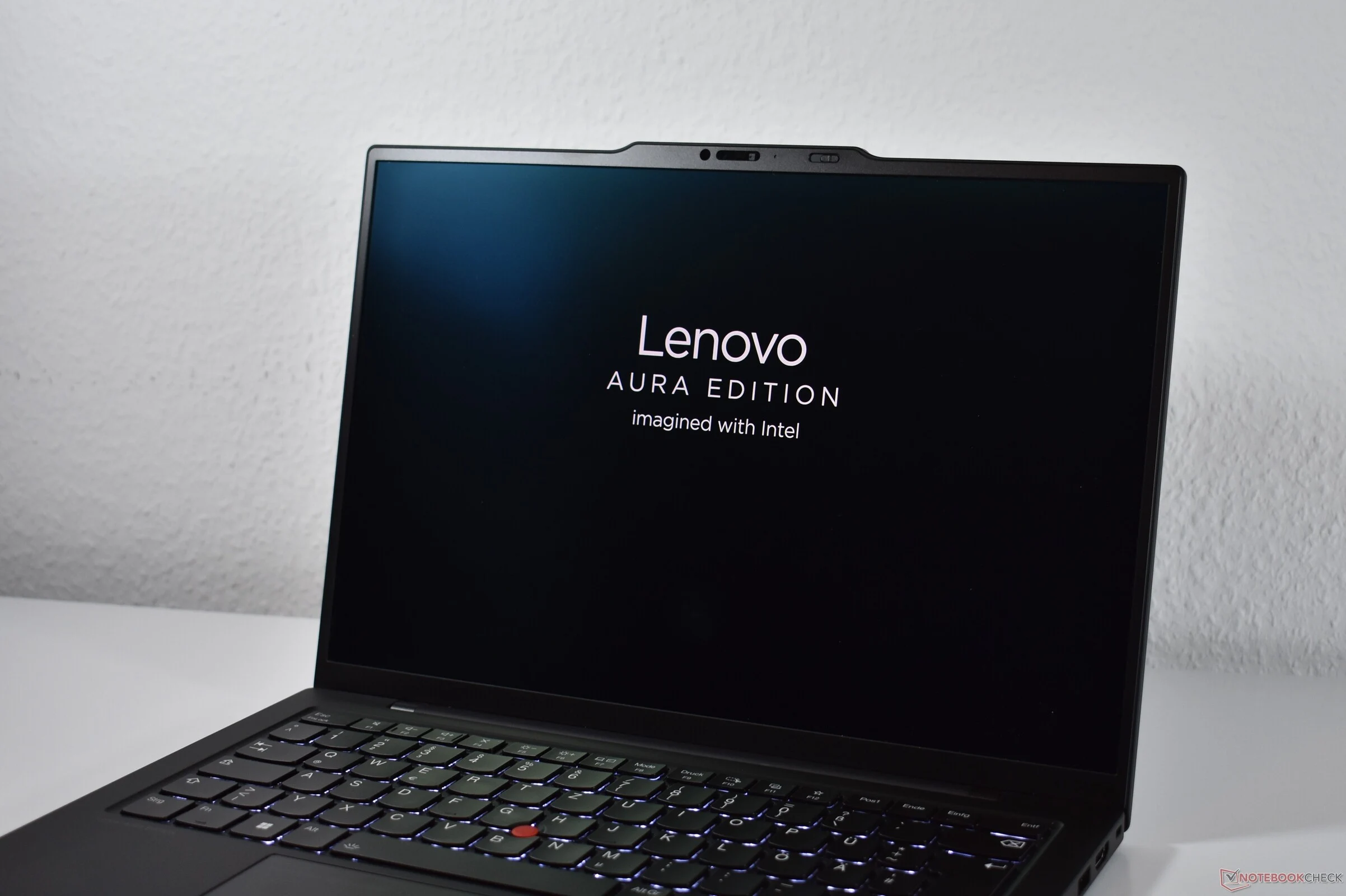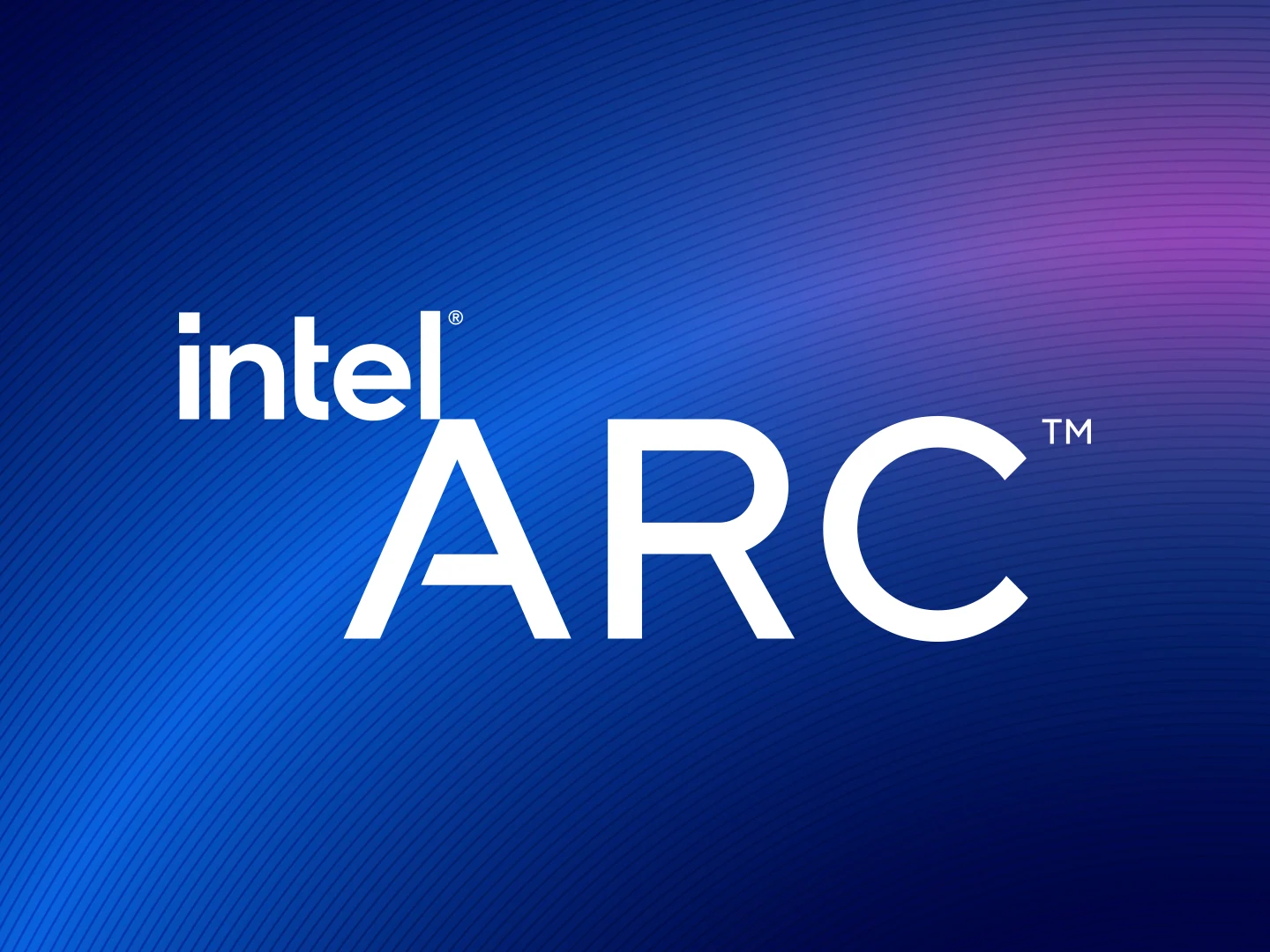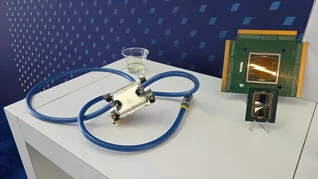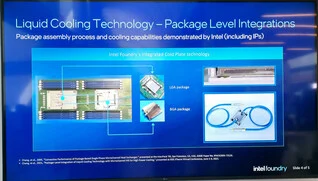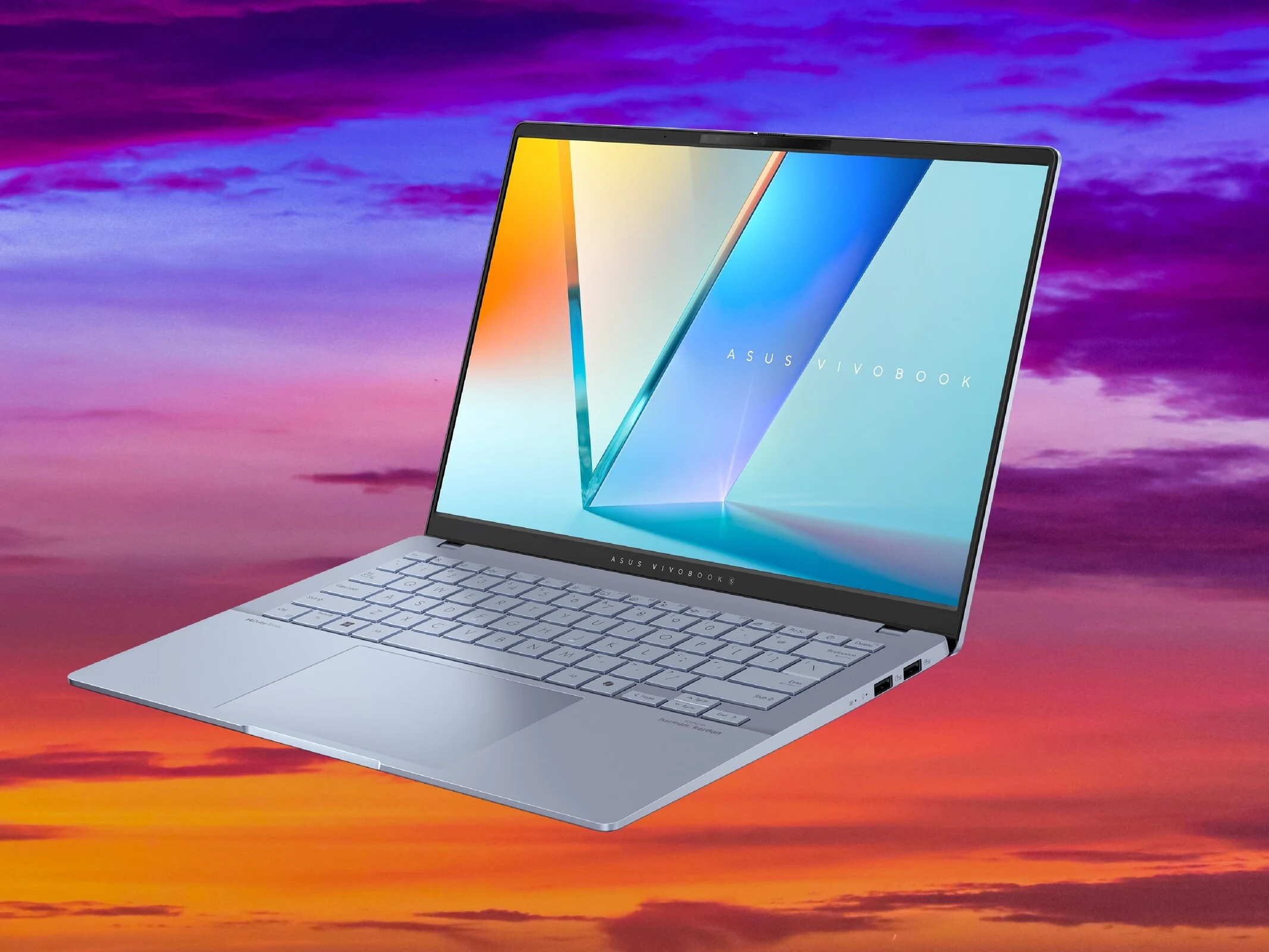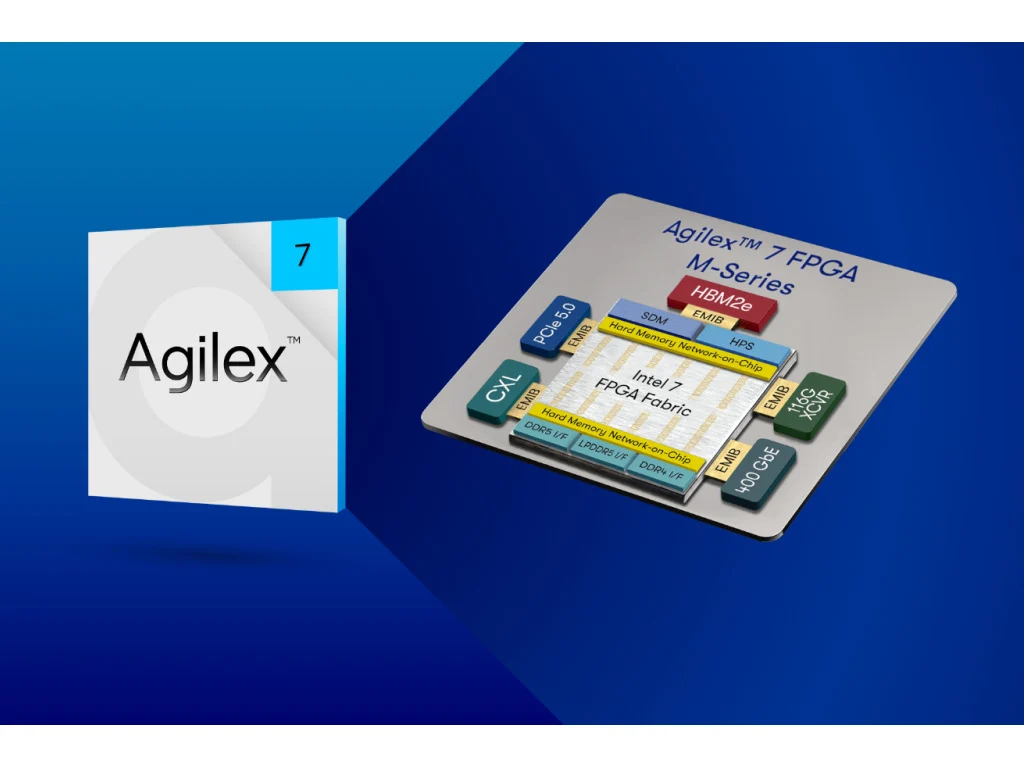Key Takeaways
– Intel launched microcode update version 0x12F to fix ‘Vmin Shift Instability’ in 13th and 14th Gen Core desktop processors.
– The issue, noted by Tekken 8 players, involves voltage fluctuations during low activity or idle periods.
– The update improves voltage behavior without affecting performance in productivity or gaming tests.
– Users are advised to update BIOS and enable “Intel Default Settings” in UEFI for stability.
– Intel has extended the warranty for affected processors by two years, totaling five years of coverage.
Intel has launched a new microcode update, version 0x12F, to address the ‘Vmin Shift Instability’ that is affecting its high-end 13th and 14th Gen Core desktop processors, especially the Core i7 and i9 “K” series. This comes after the previous update, 0x12B, released in September 2024, which was thought to solve the problem.
New Update and Its Purpose
The instability issue was first brought to light by players of Korean Tekken 8, and it arises from voltage fluctuations during periods of low activity or while the system is idle for long periods, sometimes days or even weeks. The new update improves how voltage behaves in these less demanding conditions, which helps to lessen the risk of long-term damage to the processor.
Performance Testing Insights
Intel has pointed out that the fundamental cause of the instability has not changed. However, tests conducted on processors like the Core i9-14900K with DDR5 5600 MT/s memory indicate that the 0x12F update does not cause any noticeable performance differences in productivity tests (like Cinebench or Speedometer 3) or gaming scenarios (such as Cyberpunk 2077 or Hitman 3).
User Recommendations and Warranty Extension
To alleviate these issues, Intel recommends that users update to the latest BIOS firmware and enable the “Intel Default Settings” profile in UEFI. This update is part of Intel’s ongoing efforts to maintain stability and performance in its newest desktop CPUs.
Users who are affected should be aware that Intel has also extended the warranty for the impacted processors by two years, giving a total coverage period of five years for qualifying chips.
Source:
Link




